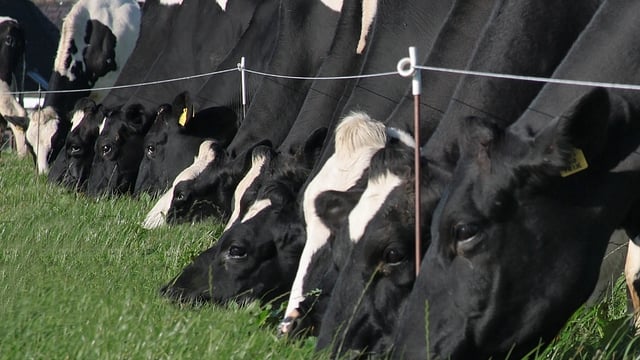Tillage: Why are soil pH values so important?
When soil pH values are low, clay is actually dissolved. This leads to problems from an agricultural point of view.
According to Prof. Mike McLaughlin, a research professor in soil science at the University of Adelaide in Australia, the soil clay fraction is made up of aluminosilicate minerals or aluminium hydroxide.
“In very acid soils, the clay mineralogy is broken down. As a result, two things can happen - aluminium moves out of the soil, and/or the free aluminium can add to the toxicity of the soil," he explained.
“In either case a leaching of the soil’s clay fraction takes place."
Prof. McLaughlin took part in the most recent Tillage Edge podcast.
He pointed out that low pH values change the charge patterns on soil particles, involving the clay and the organic matter.
“This can impact on how the soil holds nutrients," he continued.
“Acid soils, in particular, will bind phosphorous very strongly. This is because of the very active aluminium.
McLaughlin explained that soils should not be too acidic or too basic.
“On the alkaline side, problems associated with trace element availability will arise,” he commented.
“So, at the two ends of the pH spectrum, issues with regard to nutrient availability will arise."
McLaughlin also confirmed that microorganisms are not very happy when soil conditions are either very acidic or basic.
“The objective should be to keep soil pH values in the mid-band range of 5.5 to 7.5. This is the sweet spot for pH," he said.
In the case of soils with pH values that exceed a value of 7.0, McLaughlin indicated that farmers should evaluate the various forms of phosphate fertiliser available to them.
He pointed out that diammonium phosphate (DAP) undergoes a very alkaline type reaction in the soil when first applied. However, conditions very quickly turn acidic because the freed ammonia is converted to nitrate.
“In a very alkaline soil, this is good because it brings the pH value back towards the sweet spot,” he explained.
“Triple super phosphate, on the other hand, is acidic to start with. Primarily this is because of the residual phosphoric acid in the granules.
“But then it becomes quite alkaline over time. There is a lot of calcium in the soil and calcium in the product, this can reduce the diffusion of phosphorous a little bit.
The professor explained that the ammoniated phosphates tend to do better than triple super phosphate, which is basically calcium phosphate.
“However, triple super phosphate is preferred when growing legumes. One of the unfortunate things with phosphorous is that, when applied as a fertiliser, binding with the soil increases with time, particularly within low fertility scenarios," he added.
“So we do have to build up a soil phosphorous bank. Phosphorous binding is reversible, up to a point, over a number of years. So, over time, farmers do get some of the phosphorous that was applied as fertiliser back from a plant growth perspective.”





